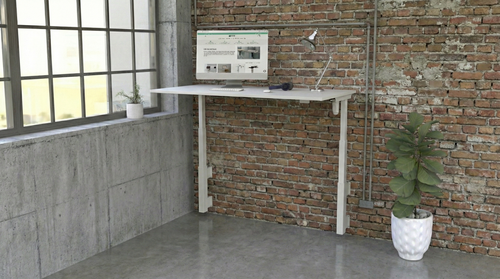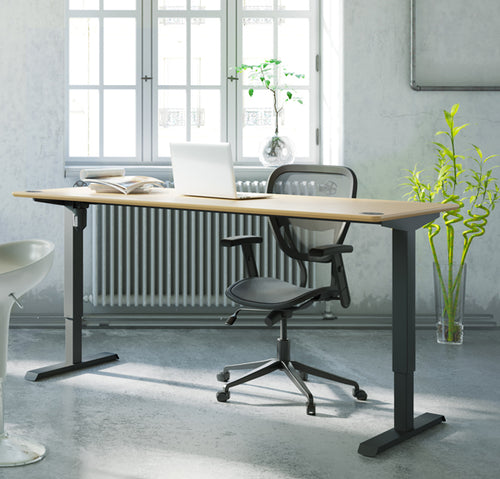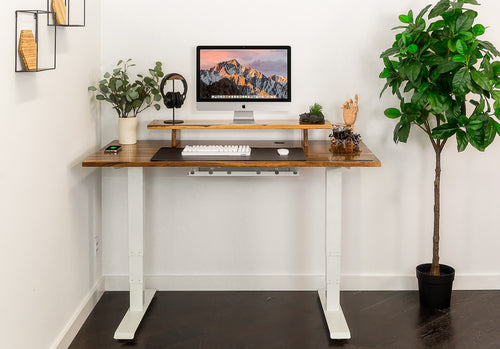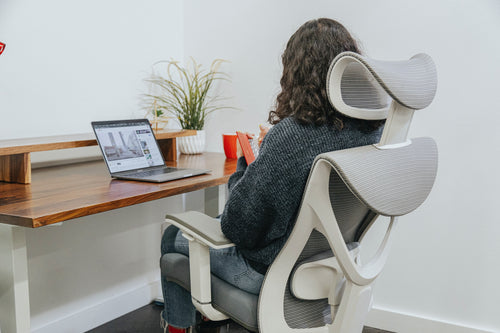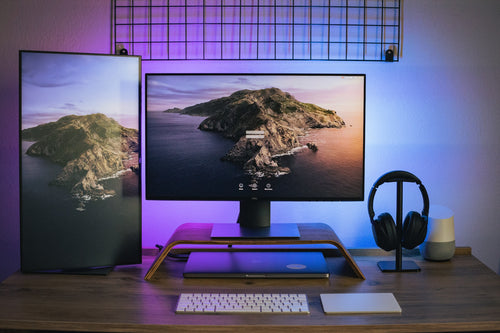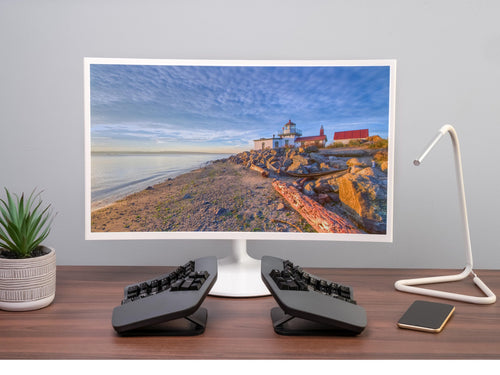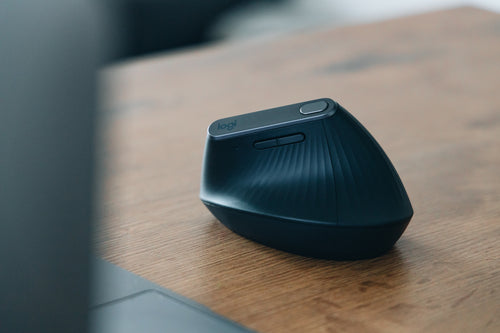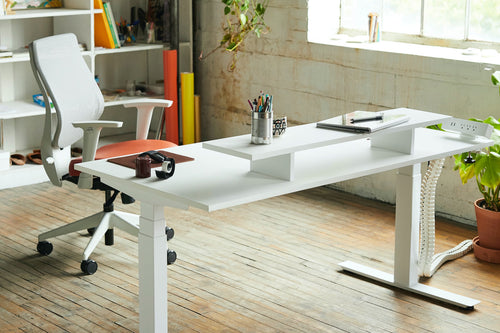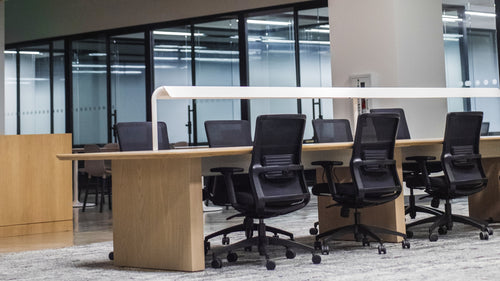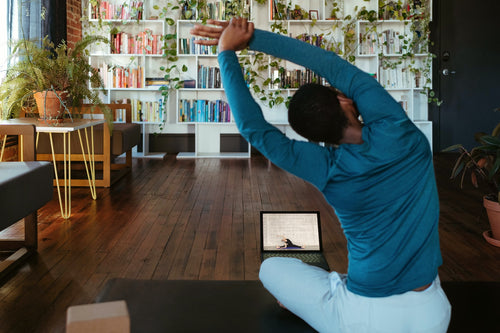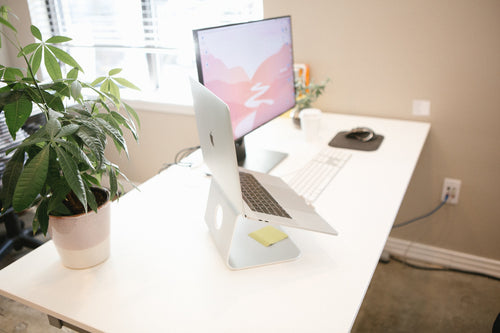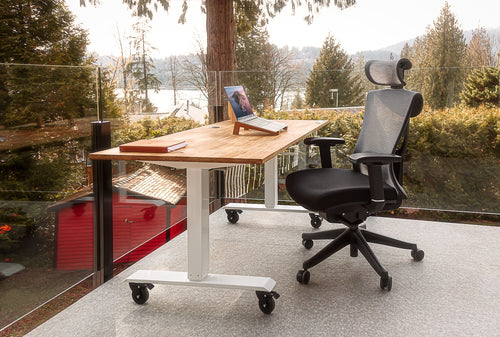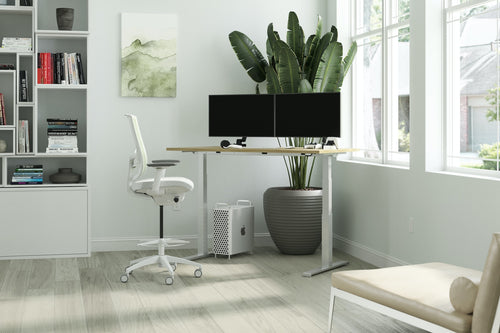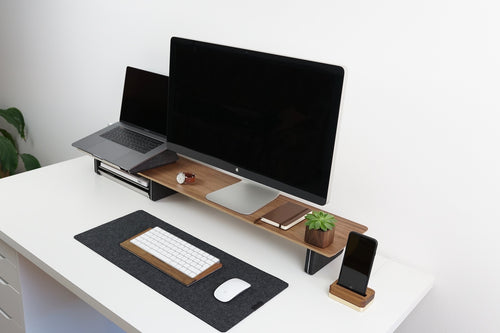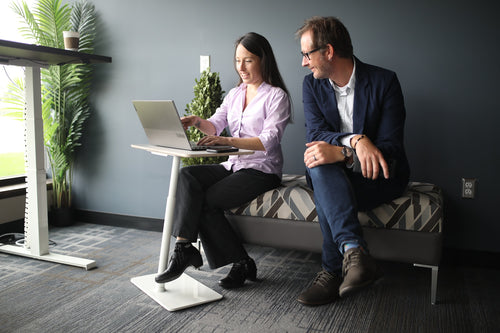Pregnancy is a wonderful and challenging time for many women. It brings physical, emotional and mental changes that can affect your health and well-being. You may wonder how to establish a happy and efficient home office that will support your needs while reducing risk if you work from home in the course of pregnancy.
Ergonomics is the science of designing the workplace to fit the worker. It aims to improve your comfort, safety and efficiency by adjusting your posture, equipment and environment. Ergonomics can help you prevent or reduce common pregnancy-related discomforts such as back pain, carpal tunnel syndrome, fatigue and stress.
In this article, we will share some ergonomics and wellness tips for pregnant women who work from home. We will cover the following aspects:
- How to set up your home office
- How to adjust your computer and accessories
- How to sit and stand properly
- How to lift, bend and reach safely
- How to take breaks and stretch regularly
- How to cope with other factors such as noise, heat and vibration
How to Set Up Your Home Office
The first step to creating a comfortable and productive home office is to choose a suitable location. Ideally, you should look for a space that is:
- Quiet and private
- Well-lit and ventilated
- Spacious enough to accommodate your growing belly and allow movement
- Free of clutter and hazards such as cords, wires and sharp objects
You should also consider the following factors when setting up your home office:
- The height of your desk and chair
- The distance between your monitor and keyboard
- The angle of your screen and keyboard
- The position of your mouse and other accessories
- The availability of a footrest, back support and a cushion
How to Adjust Your Computer and Accessories
The computer and the accessories are essential tools for your job, but they can also be uncomfortable if you do not adjust them properly. Here are some tips to optimise your computer setup:
- Place your monitor at eye level or slightly below, about an arm’s length away from you. This will help you avoid neck strain and eye fatigue.
- Tilt your keyboard slightly downward, about 10 degrees, and float your wrists above it when typing. This will help you prevent carpal tunnel syndrome, especially during your third trimester.
- Use a mouse that fits your hand size and shape, and keep it close to your keyboard. This will help you reduce shoulder and wrist tension.
- Use a headset or speakerphone instead of holding the phone between your ear and shoulder. This will help you avoid neck pain and headaches.
- Use a document holder or a second monitor if you need to refer to printed materials or multiple screens. This will help you maintain a good posture and avoid twisting your neck.
How to Sit and Stand Properly
Your posture is another key factor that affects your comfort and productivity. Sitting or standing for long periods can cause muscle stiffness, joint pain, swelling and varicose veins. Here are some tips to improve your posture:
- Choose a chair that supports your lower back, hips and thighs. You can use a lumbar support, a cushion or a rolled-up towel to enhance the curve of your spine.
- Use a footrest or a large box to prop up your feet when in a seated position. This will help you improve blood circulation and reduce swelling in your legs.
- Adjust the height of your chair so that your feet are flat on the floor or the footrest, your knees are slightly lower than your hips, and your elbows are at a 90-degree angle when using the keyboard.
- Change your position frequently, at least every 30 minutes. Using an adjustable desk or a table with height, you can change from a seated to a standing position. You can also use a gym ball seat or a sit special sitting cushion to activate your core muscles.
- Avoid crossing your legs or ankles when sitting. This will help you prevent blood clots and varicose veins.
How to Lift, Bend and Reach Safely
Lifting, bending and reaching are common activities that can pose risks for pregnant women. They can cause back pain, abdominal pressure, pelvic floor dysfunction and even miscarriage. Here are some tips to lift, bend and reach safely:
- Avoid lifting heavy objects or carrying loads that exceed 10% of your body weight. If you need to lift something, ask for help or use a cart or a trolley.
- Use proper lifting techniques: keep the object close to your body, bend your knees and hips, keep your back straight, and lift with your legs. Do not twist your torso or hold your breath when lifting.
- Avoid bending forward from your waist or reaching overhead. Instead, squat down or use a step stool to access lower or higher items. Keep your back straight and your abdominal muscles engaged.
- Keep commonly-used objects within proximity. This will help you reduce unnecessary movements and strain.
How to Take Breaks and Stretch Regularly
Taking breaks and stretching regularly is essential for your health and well-being. They can help you relieve tension, improve blood flow, prevent stiffness, boost your mood and energy, and prevent complications such as preterm labour and preeclampsia. Here are some tips to take breaks and stretch regularly:
- Set a timer or use an app to remind you to take a break every 30 minutes. You can use this time to stand up, walk, drink water, eat a snack, go to the bathroom, or do some breathing exercises.
- Stretch your neck, shoulders, arms, wrists, back, hips, legs and feet throughout the day. You can use a wall, a chair, a door frame or a resistance band to assist you. You can also follow some online videos or apps that offer prenatal stretching routines.
- Avoid holding the same position for too long. Move your head, shoulders and ankles frequently to prevent stiffness and cramps.
- Listen to your body and stop any activity that causes pain, discomfort or contractions. Consult your healthcare provider if you have any concerns or questions about your physical activity during pregnancy.
How to Cope with Other Factors such as Noise, Heat and Vibration
Besides ergonomics, other factors can affect your comfort and productivity in your home office. These include noise, heat and vibration. Here are some tips to cope with these factors:
- Noise: Noise can cause stress, distraction and hearing loss. Earbuds, headphones, a white noise machine, a fan and music are all you need to restrict the sound in your home office. You can also close the door and windows, use curtains or carpets to absorb sound or ask your family members or neighbours to respect your work hours.
- Heat: Heat can cause dehydration, overheating and fainting. To regulate your body temperature in your home office, you can use fans, air conditioners, humidifiers or dehumidifiers. You can also wear light and breathable clothing, drink plenty of water, avoid caffeine and alcohol, and take cool showers.
- Vibration: Vibration can cause nausea, dizziness and fatigue. Anti Vibration mats or cushions may be placed underneath your desk and chair to prevent vibrations in the home office. You can also avoid using machines or tools that produce vibration.
Working from home during pregnancy can be challenging but rewarding. By following these ergonomics and wellness tips for pregnant women, you can create a comfortable and productive home office that supports your health and well-being.
Remember to consult your healthcare provider before starting or changing any physical activity during pregnancy. Also, communicate with your employer about any adjustments or accommodations you may need in your work duties or schedule.
We hope this article has been helpful to you. If you have any questions or feedback, please leave a comment below.
Thank you for reading! 🙏
Image by Freepik



